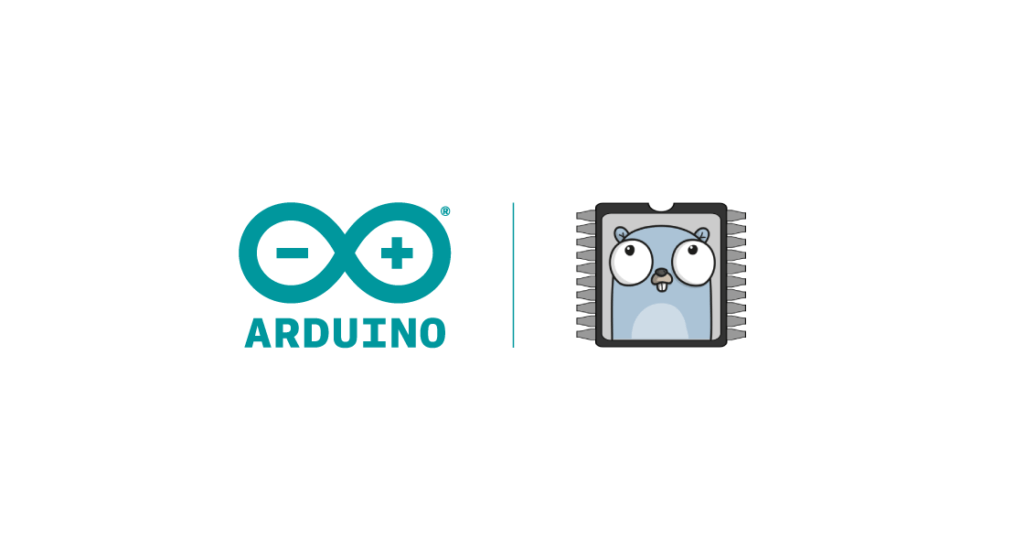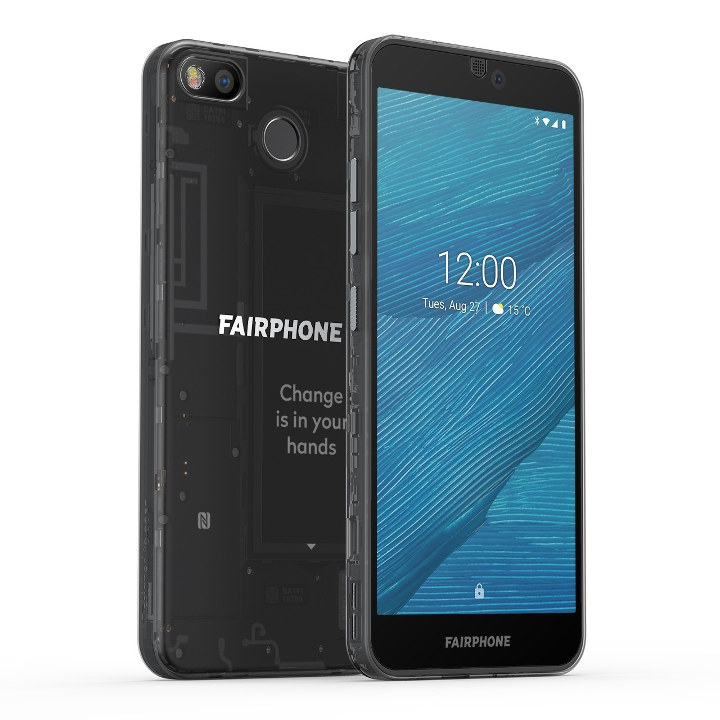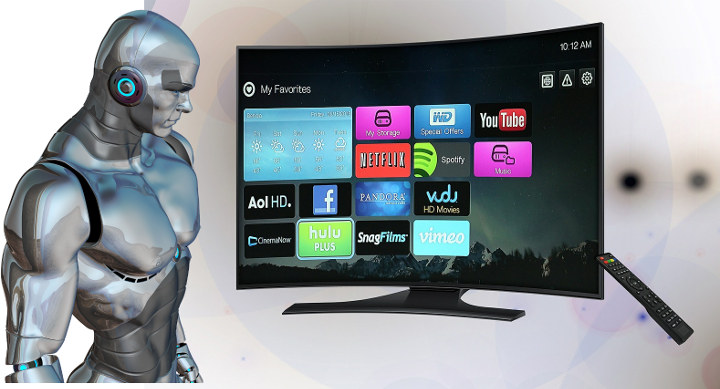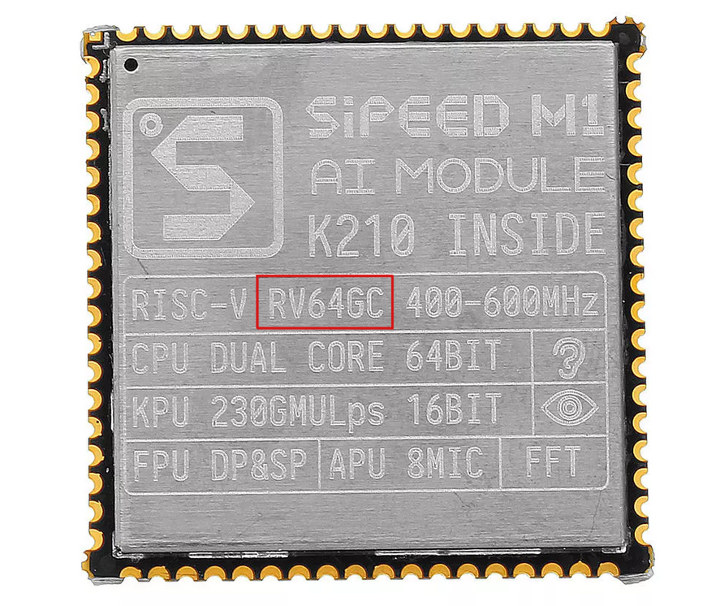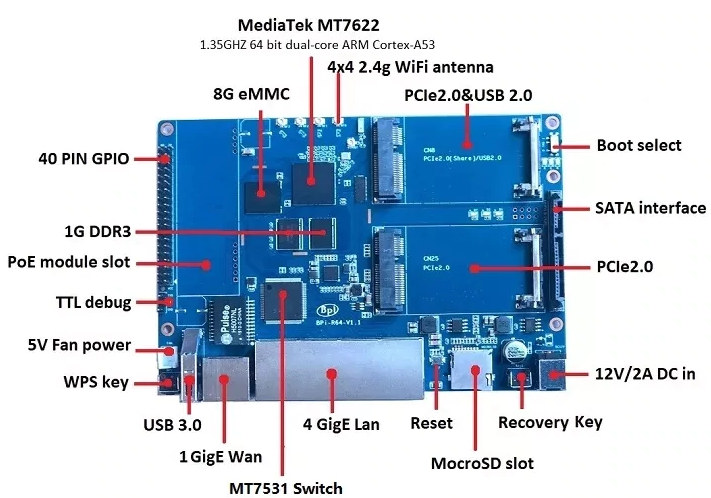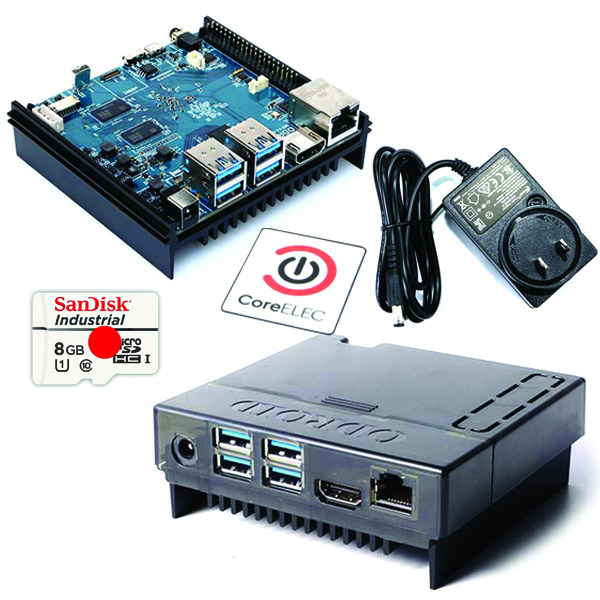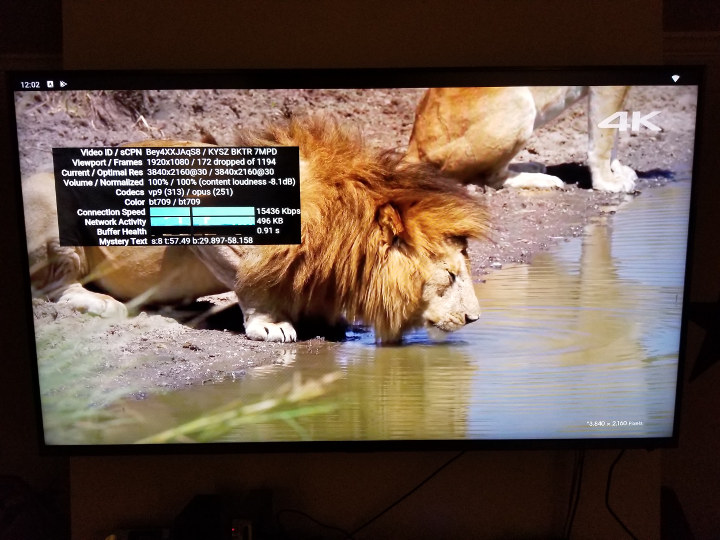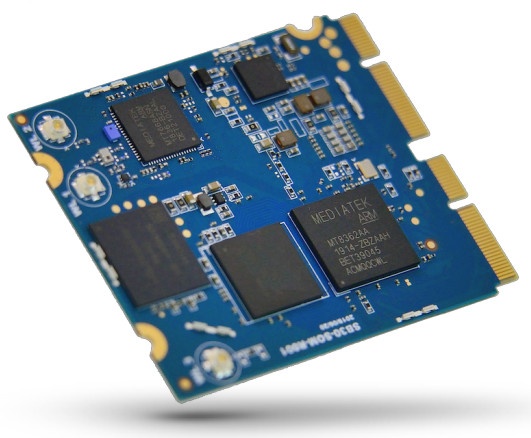Powerful, yet simple to use, TinyGo is making a significant mark in the open-hardware sector. This was well stated in the Arduino blog interview of Ron Evans, Technologist for Hire, as Arduino is now working with TinyGo on an ongoing basis. What is TinyGo? The whole purpose of TinyGo is to bring Go to the microcontroller and the latest web browsers, to have that powerful language able to function in tiny processor formats, such as the Arduino Uno and Arm-based processors such as the Cortex-M type processors and also the BBC Micro: bit, STM32 Bluepill, and some other MCU boards, from any web browser. How It Functions It does this through LLVM toolchain and that format allows TinyGo to compile Go programs to a fraction of their original size, then flash the reduced Go program directly onto the microcontroller. Web Browser Applications With WebAssembly TinyGo can be used with WebAssembly […]
Fairphone 3 Socially Responsible Android Smartphone Launched for 450 Euros
Most phones today are disposable items, and if yours stops working for whatever reason it’s hard to repair it yourself work, and repairing it at the shop may prove to be too expensive. They are not really expandable either, so if you want a new feature, you may have to buy a completely new phone instead of simply adding a module with the functionality. The difficulty in repairing the phone and the lack of modularity leading to electronics waste. Finally, consumer products are cost-optimized, and that’s great for your wallet, but it may come at the cost of being made by slave labor either directly at the factory, or indirectly through the mining of materials. Aren’t you already feeling bad being complicit in destroying the planet and sponsoring human suffering while reading this on your device? Good! But luckily there’s a solution with Fairphone that aims to be an ethical […]
MPEG Video Coding for Machines (VCM) is in the Works
A video codec for machines seems like a good topic for the first of April, or an article on the Onion. But based on a recent press release by Gyrfalcon Technology, this may become a real thing as the company partnered with China Telecom, and proposed a new video codec called “Video Coding for machines” (VCM) that provides compression coding for machine vision and human-machine hybrid vision. Apparently a recent study published by Cisco in 2018, humans will become bit players in the “video watching business”, and Machine-to-Machine (M2M) applications will represent the greatest usage of Internet video traffic over the next four years. So the goal of the VCM group will be to establish a new standard that will improve the previous generation video coding and decoding standards such as H.264 (AVC), H.265 (HEVC) and H.266 (VVC). Few details are provided so far, and I can’t find any VCM […]
RISC-V Bases and Extensions Explained
The other day we reported about GigaDevice GD32V general-purpose 32-bit RISC-V microcontroller, and one of the commenters asked whether it was rv32imac or rv32emac, and it turned out to be the former. In most cases, silicon vendors report whether they are using 32-bit, 64-bit, or the upcoming 128-bit RISC-V processors, but rarely go into details, so I asked why it mattered and got the following answer: RISC-V is a federation of ISA extensions — from the baseline rv{32|64|128}I, to an arbitrary combination of a handful of extensions. There are combinations which are dubbed ‘application-processor level’ (the G subset), but implementations can and often are not G-compliant, which is naturally the case with MCUs. Difference between rv32i and rv32e is 32-strong vs 16-strong GPR file, respectively. In the case of GD32VF103, rv32imac stands for a ‘full-size GPR file, integer mul/div, atomics, compressed (16bit) ISA’ set. What is missing from ‘application-processor level’ […]
Banana Pi BPI-R64 Linux Router Board Launched for $68
SinoVoIP introduced Banana Pi BPI-R64 router board in the summer of 2018. The Linux router board is powered by MediaTek MT7622 dual-core Cortex-A53 WiFi processor with 802.11n WiFi and Bluetooth 5.0 built-in, and offers more connectivity options namely 802.11ac WiFi 5 via MT7615 chip, as well as Gigabit Ethernet ports. 4G LTE is optional via a mini PCIe socket, and a SATA port is included for storage. At the time, I envisioned an official launch in Q1 2019, but I was off by a few quarters, as the company has only just launched Banana Pi BPI-R64 on Aliexpress for $68 plus shipping. The specifications of the Banana Pi BPI-R64 board have slightly changed since last year announcement, and we’ve got a few more details: SoC – MediaTek MT7622 dual-core Arm Cortex-A53 @ 1.35GHz with dedicated network accelerator, 4×4 802.11n and Bluetooth 5 connectivity System Memory – 1GB DDR3 SDRAM Storage […]
ODROID-N2 CoreELEC Edition Media Center Launched for $65 and Up
ODROID-N2 is an Amlogic S922X single board computer with 2GB or 4GB RAM that’s fairly popular thanks to its great performance/price ratio, good cooling, and decent support from Hardkernel. Hardkernel have worked in collaboration with CoreELEC, and have just introduced ODROID-N2 CoreELEC Edition media center featuring the SBC. The company offers the media center at introductory prices of $65 for the 2GB RAM model, and $75 for the 4GB model with limited stocks at those discounted prices. ODROID-N2 CoreELEC Edition media center includes the following: ODROID-N2 SBC with either 2GB or 4GB RAM ODROID-N2 Case Black An 8GB Industrial MicroSD UHS-1 card pre-loaded with CoreELEC for ODROID-N2 preinstalled 12V/2A Power Supply (with chosen type of plug) CoreELEC Logo Sticker CoreELEC for ODROID-N2 supports 4K HDR10 and HLG high dynamic-range, Auto frame rate switching & dynamic range matching, DTS-HD & Dolby-HD audio pass-through including DTS:X and Dolby Atmos. The firmware is […]
Beelink GT-King (Amlogic S922X) TV Box Review
Rant Karl here. I have been playing around with Android boxes for several years. Unfortunately, some fundamental issues from when I first started playing around with these boxes are still there. They have come a long way since the MK808 with Rockchip RK3066 processor. The MK808 was my first endeavor into Android on the TV in 2013. I can’t believe it’s been nearly 6 years. In 2014 Google introduced Android TV and the Nexus Player. It was designed for a TV and controller. The first boxes/sticks adapted the stock Android experience to run on a TV, but without a touch interface the experience was/is not optimal. Sure you get thousands and thousands of apps but a lot of them don’t work. Unfortunately, this hasn’t changed much. If these boxes came with Linux and Android I don’t think I would complain as much. I would consider it a tinkering box. But […]
Innocomm Unveils MediaTek i300/i500 SoMs for IoT and AI Applications
SB30 MTK i300 and SB50 MTK i500 AI IoT Platforms Just announced by Innocomm are the SB30 and the SB50 SoMs carrying the MediaTek i300 and i500 SoC’s, and running either Linux or Android. The rundown on the systems is the MediaTek AIoT processor series has been out for some time, and we reported on the latest SoC in the MediaTek i700 article last July. Innocomm is also known for its NXP-based compute modules such as the i.MX8M Mini driven W15 and i.MX8M powered W10. MediaTek i300 Specs The MediaTek i300 (MT8362) SoC is running a Cortex-A35 power-efficient quad-core processor clocking at 1.5 GHz. The SoC is further equipped with an Imagination PowerVR Series8XE GE8300 GPU. The i300 also integrates a PMIC, an RF chip for 2.4 GHz 802.11/b/g/n as well as Bluetooth 4.0. There is support for the MediaTek MT7668 chipset for 802.11ac (WiFi 5). Rounding out the system […]


